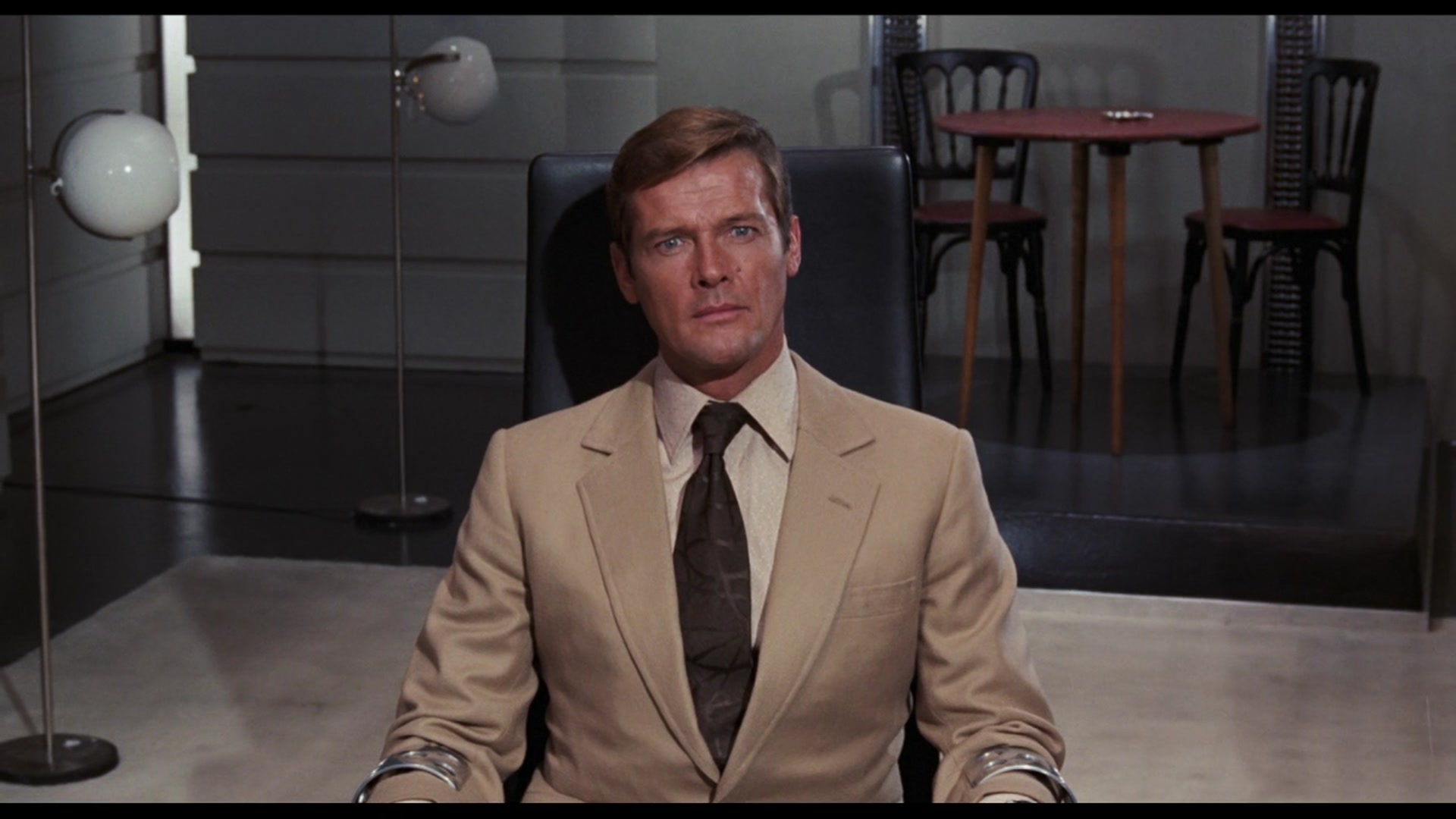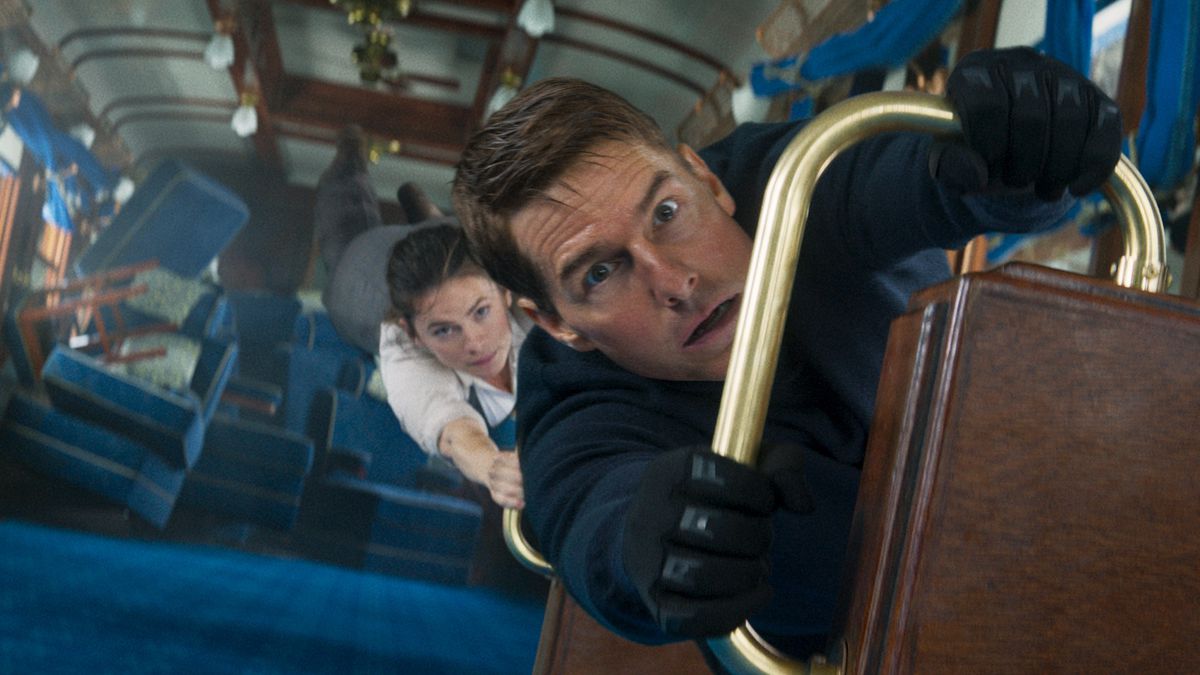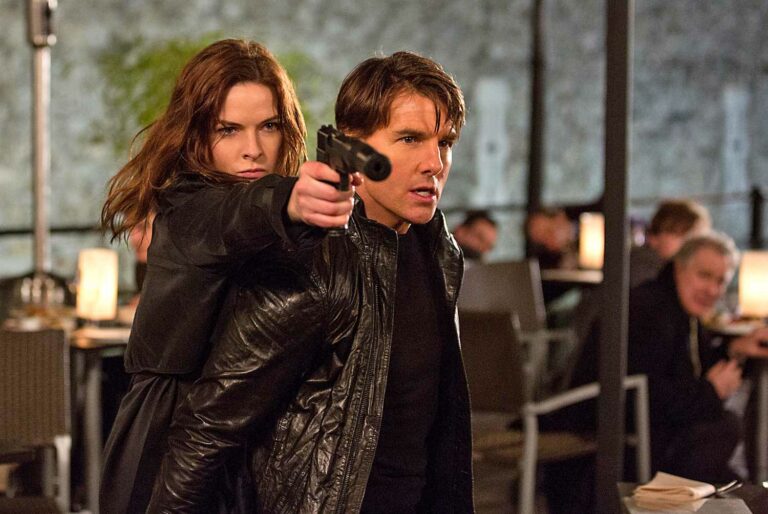In the thrilling world of cinema, where daring stunts and heart-stopping action sequences are the norm, few moments have captured the audacity and danger of Hollywood stunts like the infamous crocodile scene from the 1973 James Bond film “Live and Let Die.” This particular stunt has stood the test of time, not just for its audacity but for the sheer terror it invokes, making even the most seasoned stunt enthusiasts, possibly including Tom Cruise, think twice.

A Leap Across Crocodiles: The Stunt of a Lifetime
“Live and Let Die,” starring Roger Moore as the suave spy James Bond, included a scene that could send shivers down the spine of any viewer: the protagonist, stranded on a small island, makes a daring escape by running across the backs of live crocodiles. To bring this breathtaking moment to life, the production team enlisted Ross Kananga, a crocodile wrangler and the owner of a crocodile farm located in a sprawling 350-acre mangrove swamp in Jamaica.
Kananga, renowned for his bravery and expertise, was not just a stunt double; he was an integral part of creating one of the most jaw-dropping moments in the James Bond series. It took him six attempts to successfully complete the stunt, during which he suffered numerous injuries, including receiving 193 stitches on his leg and face from crocodile bites.“The crocs were chewing off everything when I hit the water, including shoes,”

Kananga recounted, highlighting the perilous nature of the stunt.
The Price of Danger: Fame, Injuries, and a Villain Named After a Stuntman
The stunt not only paid off in terms of cinematic impact but also financially for Kananga, who was compensated $60,000 for his daredevil act—a significant sum at the time. Interestingly, his involvement led to an unexpected tribute: the film’s villain was named Dr. Kananga, a nod to the stuntman’s fearless contributions.
Roger Moore himself was so impressed by Kananga’s daring that he suggested the stuntman wear crocodile shoes during the scene, adding a touch of ironic humor to the perilous act. This decision, along with a location scout inspired by a sign at Kananga’s farm that humorously warned, infused a unique blend of real-life details into the film’s narrative.
Expert Insights: The Recklessness of the Crocodile Stunt
Despite the scene’s success and iconic status, experts strongly advise against attempting such a stunt. Frank Robb, another crocodile wrangler, commented on the dangers inherent in such a feat.
“If you tried to run and jump across crocodiles, you’d only do it once. It just doesn’t work out so well for you,”
he explained, emphasizing the unpredictable nature of these reptiles.
Robb also warned about the broader implications of interacting with wildlife in such a manner, noting that feeding wildlife can alter their natural behaviors, making them associate humans with food—a dangerous expectation when dealing with predators like crocodiles.

A Legacy of Thrills and Spills
The crocodile scene from “Live and Let Die” not only demonstrates the lengths filmmakers go to thrill and engage their audience but also underscores the risks stunt performers take to bring such memorable moments to the screen. It’s a stark reminder of the blend of creativity, courage, and sometimes recklessness that defines the stunt profession.
As Hollywood continues to evolve with advancements in technology and safety standards, the legacy of stunts like those performed by Ross Kananga remains a testament to the golden era of stunt work—an era where risks were real, and the line between bravery and folly was incredibly thin. This scene remains etched in the history of cinema not only for its danger but also for its daring and the indelible mark it leaves on the audience, proving that some stunts are truly once in a lifetime.
